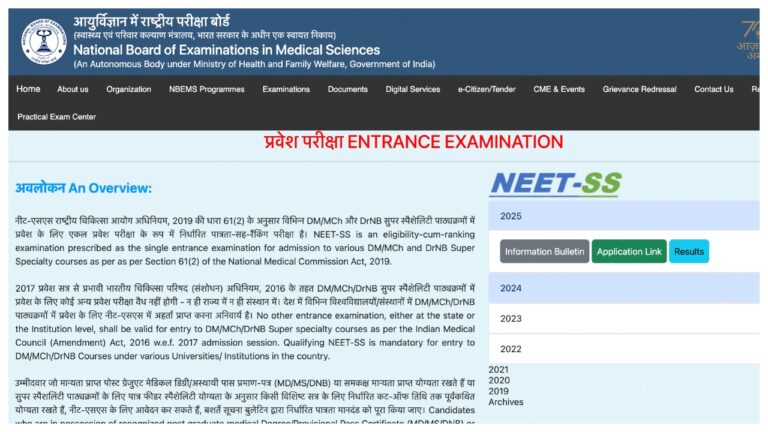Pixel 10: Google will release the Pixel 10 on August 28, and a confirmation came out on August 20. Before the release, leaks have already exposed almost everything about the new phone. Based on a recent report by AndroidHeadlines, the Pixel 10 will keep its 6.3-inch FHD+ OLED screen with a refresh rate of 120Hz and Gorilla Glass Victus 2 protection. Still, the screen is brighter now, with high-brightness mode becoming more powerful from 1800 nits to 2000 nits, and peak brightness becoming up to 3000 nits.
Display Becomes Brighter, But Not Adaptive Refresh Rate
Though the standard Pixel 10 maintains the same dimensions and resolution as the last model, the increased brightness will enhance the media experience and outdoor visibility. Nevertheless, it lacks adaptive refresh rate technology, which is still reserved for Pro devices. This restricts the phone from dynamically scaling refresh rates, which could have implications for battery efficiency. Pro models also get a better PWM dimming in order to reduce eye strain, which is lacking on the standard Pixel 10.
Tensor G5 Brings Performance Boost
The Pixel 10 is powered by the new Tensor G5 processor, which is developed on TSMC’s latest 3nm process. The chip is supposed to deliver improved efficiency and heat management over Samsung-designed Tensor chips from before. The phone comes with 12GB of RAM and 128GB or 256GB storage choices. There are no increased storage capacities over last year’s offering, though, with no 512GB or 1TB versions.
Battery and Charging Receive Small Enhancements
Google has bumped the battery capacity by a bit to 4970mAh, which should provide longer screen time, considering how efficient the Tensor G5 is. Wired charging goes up to 29W, an improvement from 27W, while wireless charging hits 15W using Qi2-certified chargers. The previous Qi chargers are capped at only 7.5W, so fast wireless charging depends on the newest tech.
Camera Hardware Takes a Hit
In a twist, the Pixel 10 comes with a 48MP primary sensor thought to be the same 1/2.0-inch sensor found on the affordable Pixel 9a. The ultrawide camera is downgraded to 12MP, which might impact group and landscape photography. Google also throws in a 10.8MP 5x telephoto camera, taken from the Pixel 9 Pro Fold. Ultra Res Zoom and ultra-stable video recording are still Pro-only features.
No Vapor Chamber Cooling Again
The Pixel 10, as before, omits vapor chamber cooling, which may restrict prolonged performance in games or video recording. This thermal trade-off is once more saved for the Pro series, symbolizing an unmistakable performance gap. Although some hardware restrictions can be addressed by software optimization, power users may sense the squeeze.
Verdict: Solid But Not Spectacular
The Pixel 10 introduces some significant upgrades, particularly in display brightness and processing capability courtesy of the Tensor G5. The downgrades in camera hardware and absence of high-end cooling may leave some buyers disappointed, though. It’s still a good upper-midrange device, but others wanting premium features might need to hold out for the Pro or XL versions.









